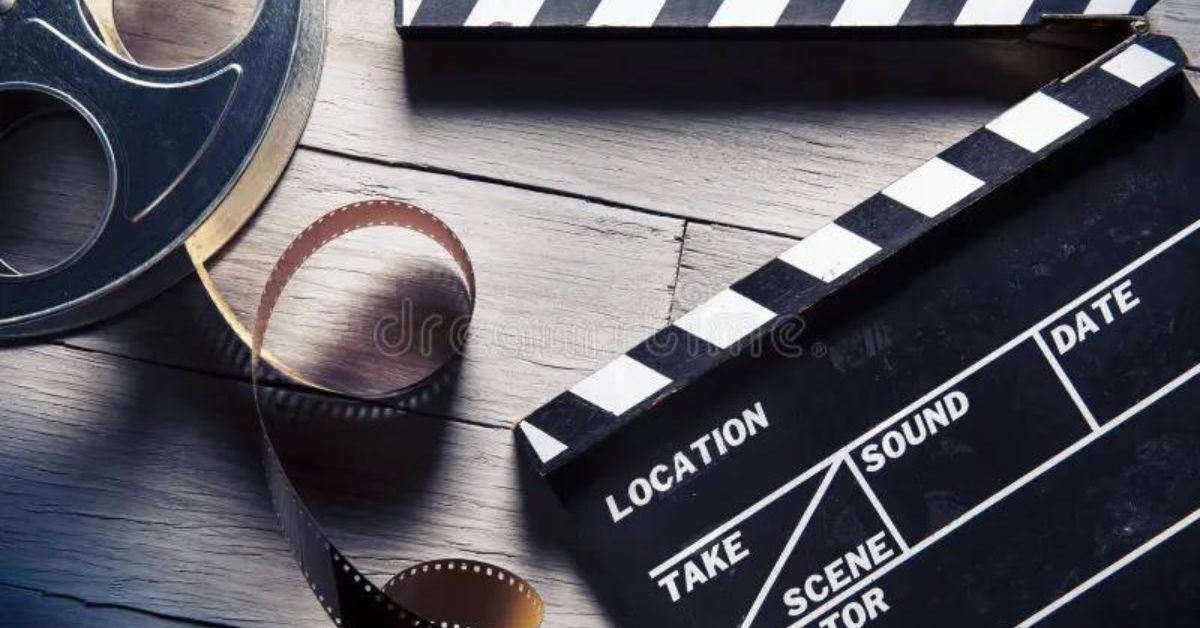The time required to film a movie varies widely based on factors such as the film production timeline, complexity, and budget. Typically, the process involves three main phases: pre-production, principal photography, and post-production.
Moreover, the shooting gets more manageable if you shoot at the most popular shooting in the US district- Washington DC video production; the area’s unique resources can influence project timelines, as filmmakers often capitalize on its historical and architectural assets.
Thus, whether creating a short film or a documentary in the nation’s capital, understanding these variables is crucial in determining the time needed to bring cinematic visions to life.
Here, we will discuss the film production phase in detail. So, Let’s begin!
How Long Does It Take To Shoot a Movie
Pre-production
Pre-production is the initial phase in the filmmaking process, encompassing essential planning and preparation tasks. During this stage, filmmakers diligently lay the groundwork for the entire project. Key elements of pre-production include:
Script Development
Writers and directors collaborate to refine the screenplay, ensuring that the story, dialogue, and structure meet artistic and production needs. This process may take several weeks to several months, depending on the script’s complexity.
Casting
Selecting the right actors is crucial. Casting directors hold auditions to identify the best talent for each role, lasting from a few weeks to several months.
Location Scouting
Finding suitable filming locations is critical. Location scouts explore various sites to match the script’s requirements. It might take a few weeks or several months to complete.
Budgeting
Determining the project’s financial needs, including budget allocation for various aspects, is a pivotal task in pre-production. It sets the financial parameters for the entire film.
Crew Selection
Assembling the production team involves hiring essential personnel such as the director of photography, production designer, and more. The time required can vary depending on the project’s scale and complexity.
Principal Photography
Principal Photography is the significant phase of the film production timeline, where the planned scenes are filmed, bringing the script to life. This phase involves the following aspects:
Shooting Process
The director, cinematographer, and crew work collaboratively to capture the scenes outlined in the script. This phase is the most visible part of the filmmaking process, where actors perform, scenes are set, and the director’s vision begins to materialize.
Size and Scope Impact
The duration of principal photography depends on the scale and complexity of the project. Larger productions with elaborate sets, intricate action sequences, and extensive visual effects often require more time for filming.
Smaller projects, with limited locations and simpler narratives, may have shorter shooting schedules.
Regarding the terminology, it’s important to note the distinction between filmography vs cinematography.
Filmography refers to a list of films associated with a particular person, such as an actor or director, while cinematography relates to the art of capturing moving images on movies or digitally.
The cinematographer (or director of photography) plays a pivotal role in determining the visual style of a film, including camera work, lighting, and composition.
Post-Production
How Long Is Post Production?
The length of the final movie has a direct impact on the shooting schedule. Longer films, especially those with epic narratives, require more scenes, dialogue, and locations.
This translates to a more extended principal photography period. For example, shooting a 90-minute independent film might take several weeks, while filming a 3-hour epic may stretch over several months.
The duration of principal photography is intricately tied to the film’s runtime.
What Kind of Complexity You Will Face While Making a Film?
The complexity of a film significantly influences the timeline. Intricate scenes, special effects, and the need for multiple locations can extend the shooting schedule.
Action sequences, elaborate sets, and visual effects require meticulous planning and execution, often taking longer to achieve the desired cinematic impact.
Additionally, scenes involving large crowds, complex camera movements, or practical effects may require extra time and resources.
How Much Cost Will Consume While Making a Film?
The budget size of a film correlates with the production time. Larger budgets allow for more resources, such as additional crew, shooting days, and sophisticated equipment.
This financial flexibility can expedite the shooting process by addressing logistical challenges more effectively.
Conversely, lower-budget films may require a more extended shooting schedule to achieve the same level of detail and quality.
Usually, the question arises how long does post production take? Well, it highly depends on the film production phase, complexity, and budget. In all cases, it’s crucial to consider these factors when planning a film’s production timeline, as they significantly impact the duration of principal photography, which is a critical phase in the overall filmmaking process.
How Long Does It Take To Make a 2 Hour Movie
The process will be the same as filming a 3-hour movie. However, creating a 2-hour movie is a complex and time-intensive process that involves several stages of production, from initial conceptualization to the final edit.
The timeline for making a movie of this length can vary, influenced by factors such as the genre, production scale, and intricacy of the storyline. Here’s a breakdown of the typical timeline:
- Firstly, tasks such as script development, casting, and location scouting can span several months to ensure a solid foundation for the project.
- Secondly, if you’re filming a 2-hour movie, it can take anywhere from a few weeks for smaller independent films to several months for large-scale productions. Complex scenes, special effects, and multiple shooting locations can contribute to the extended duration.
- Lastly, The editing, sound design, and visual effects process can take several months to perfect, ensuring a seamless and polished final product for the audience.
Considering the intricacies involved in each production stage and the necessity for meticulous attention to detail, creating a 2-hour movie is a detailed and time-demanding effort that often requires the collaboration of a trustworthy and professional filmmaking team.
In The End….
In summary, the length of time it takes to film a movie is a dynamic and complex process. In addition, producing a three-hour film depends on several factors, including the intricacy of the screenplay, the project’s scope, and the available funding.
It’s evidence of how complex the pre-production, primary photography, and post-production stages of filmmaking are. Comprehending these subtleties enables both filmmakers and viewers to recognize the commitment and work necessary to realize a cinematic vision.
Technology continues to bring us wondrous advances in filmmaking to improve how we view movies. ~Ridley Scott

